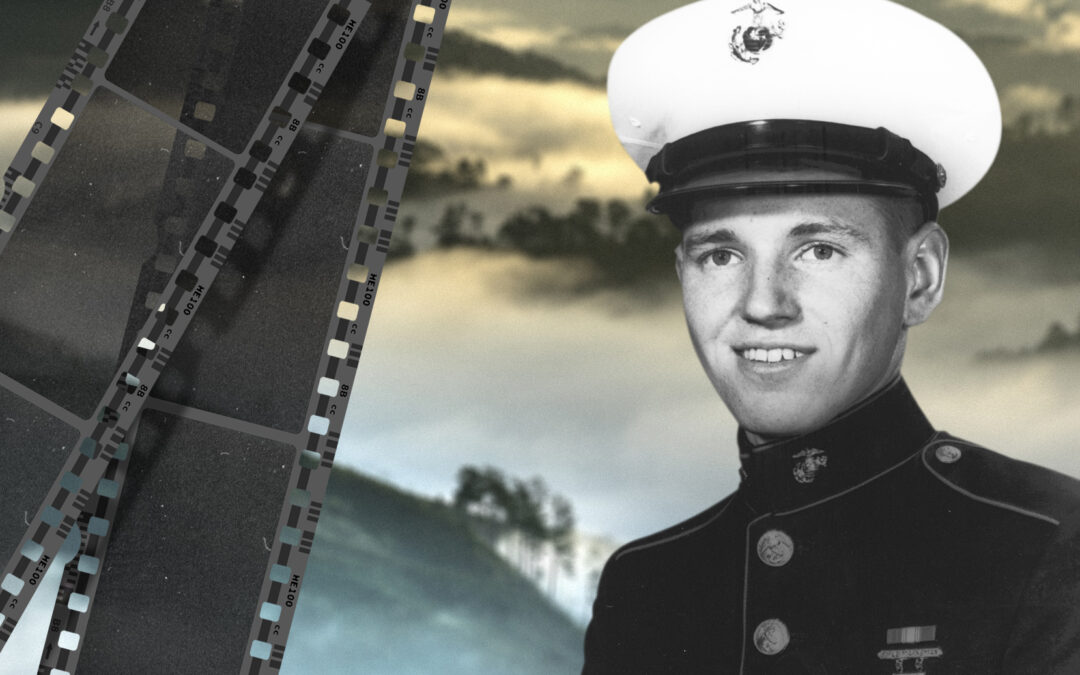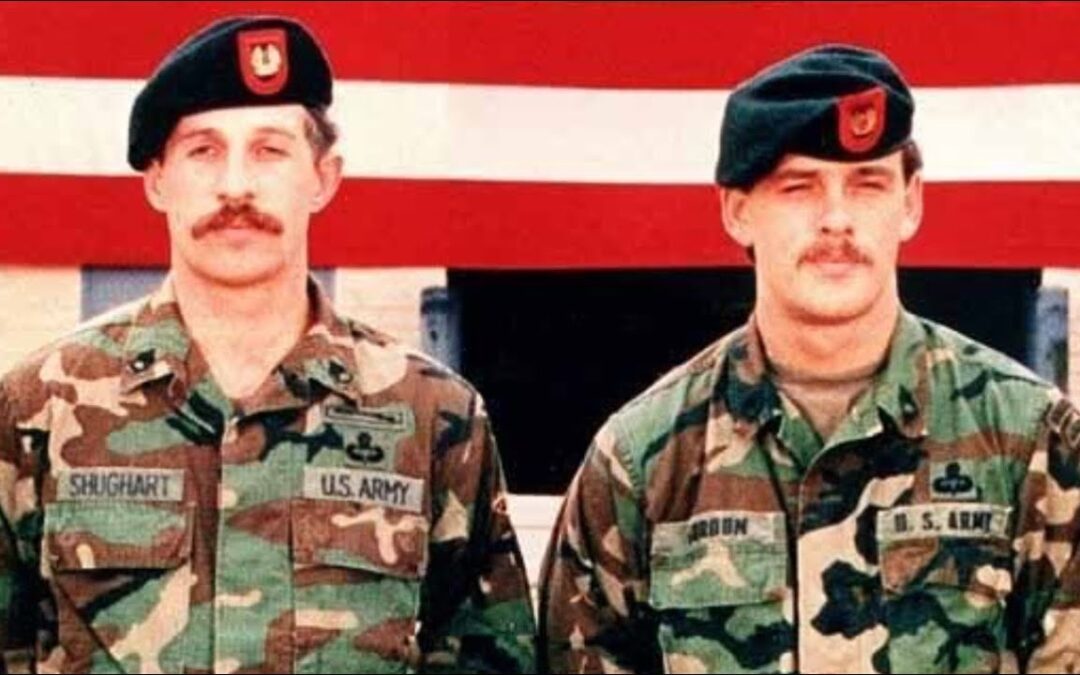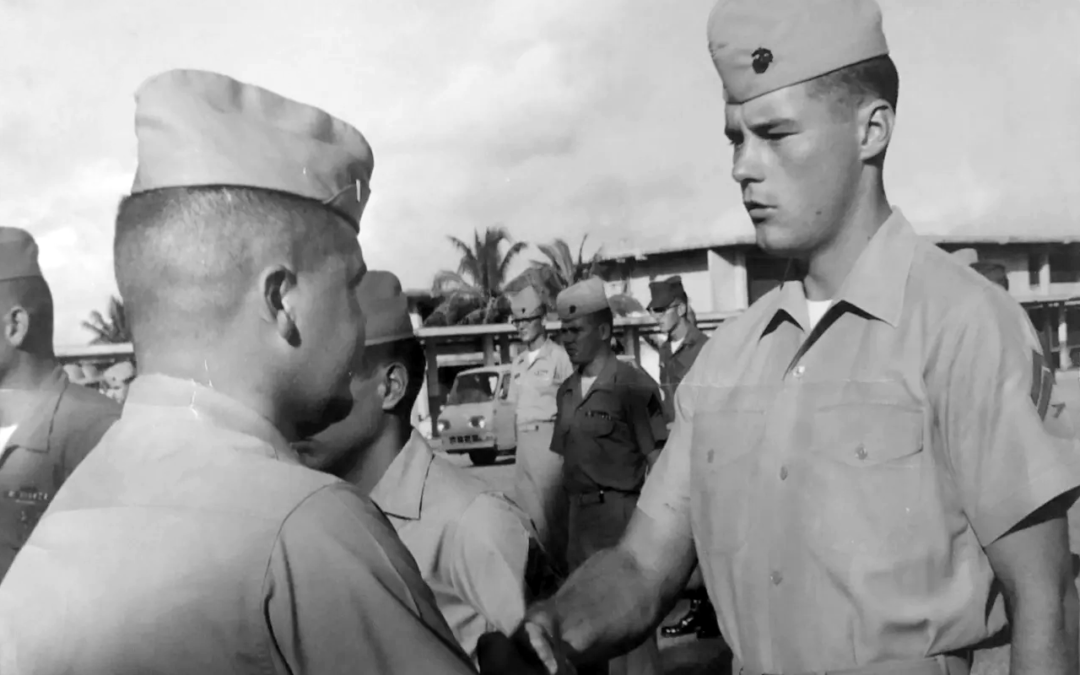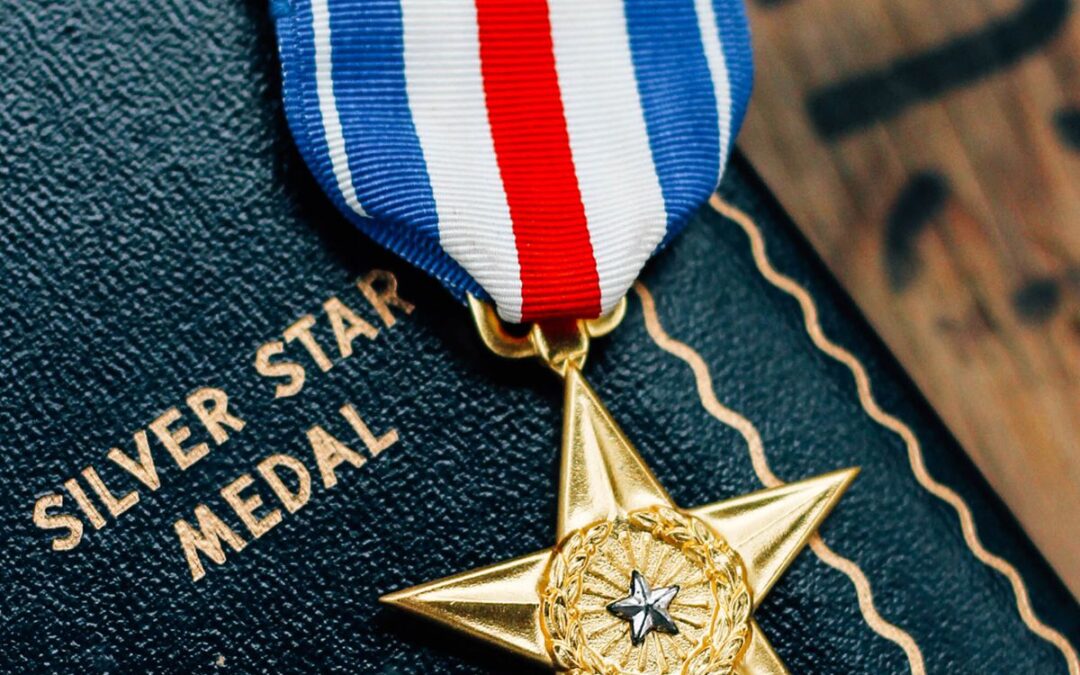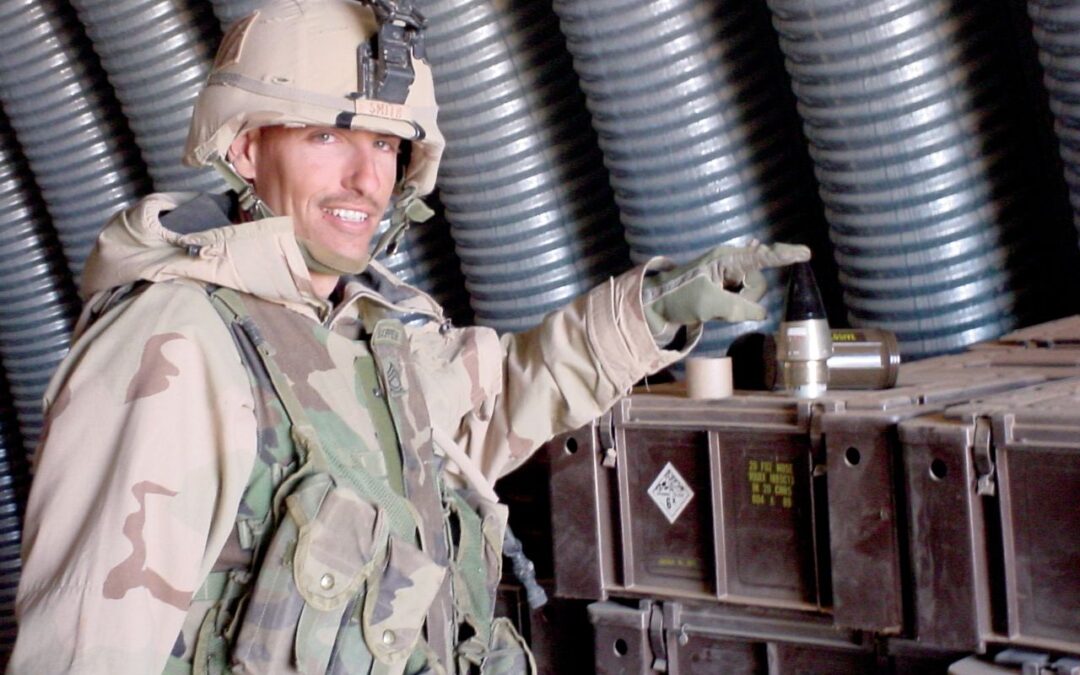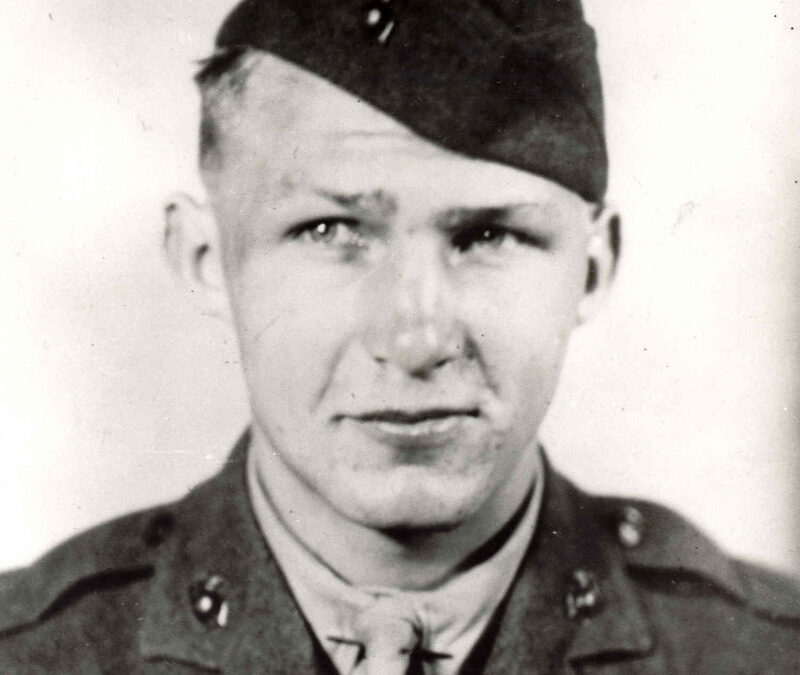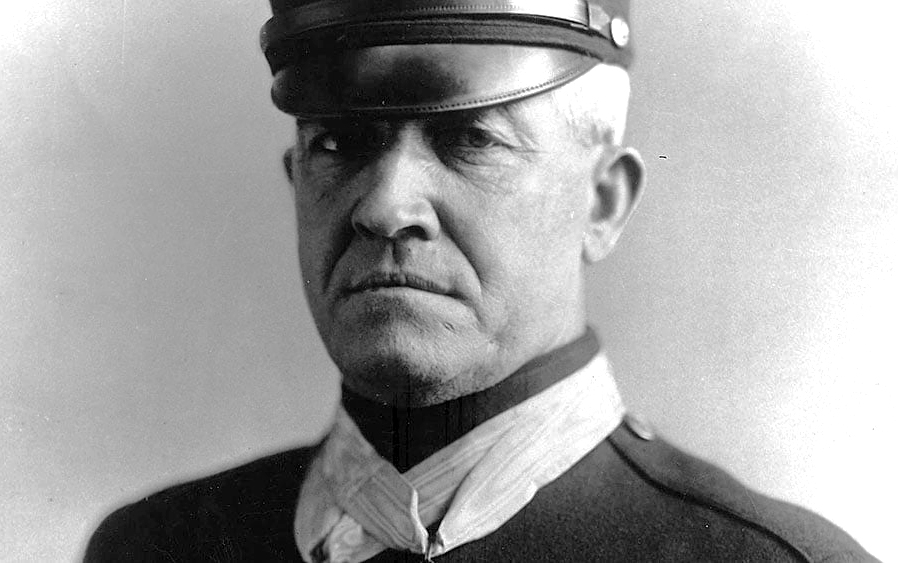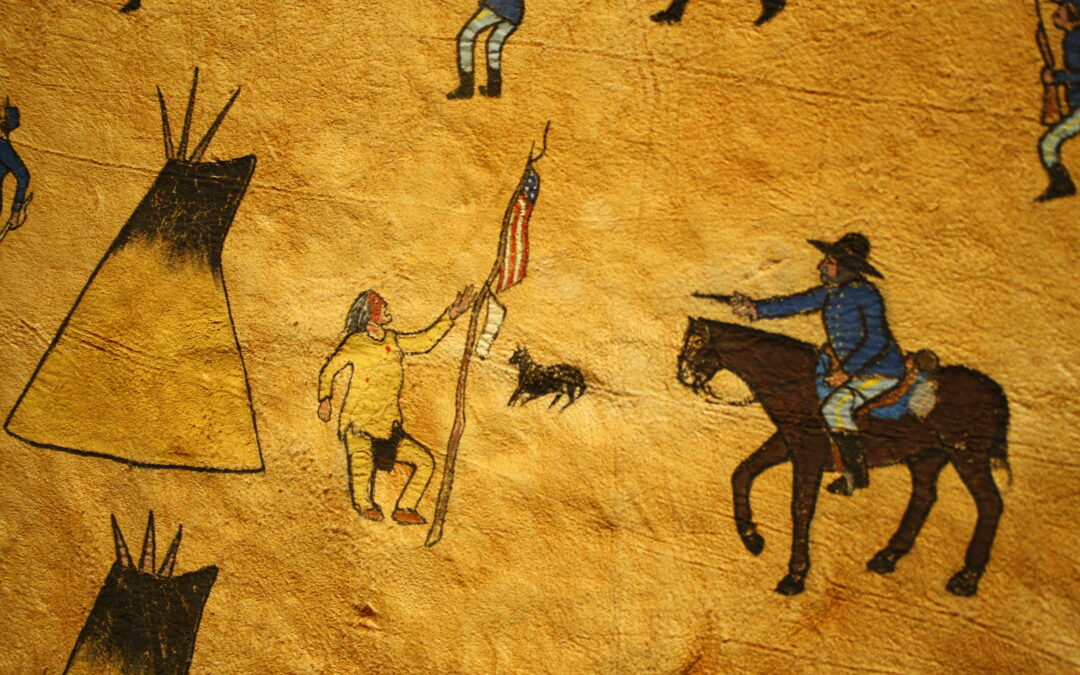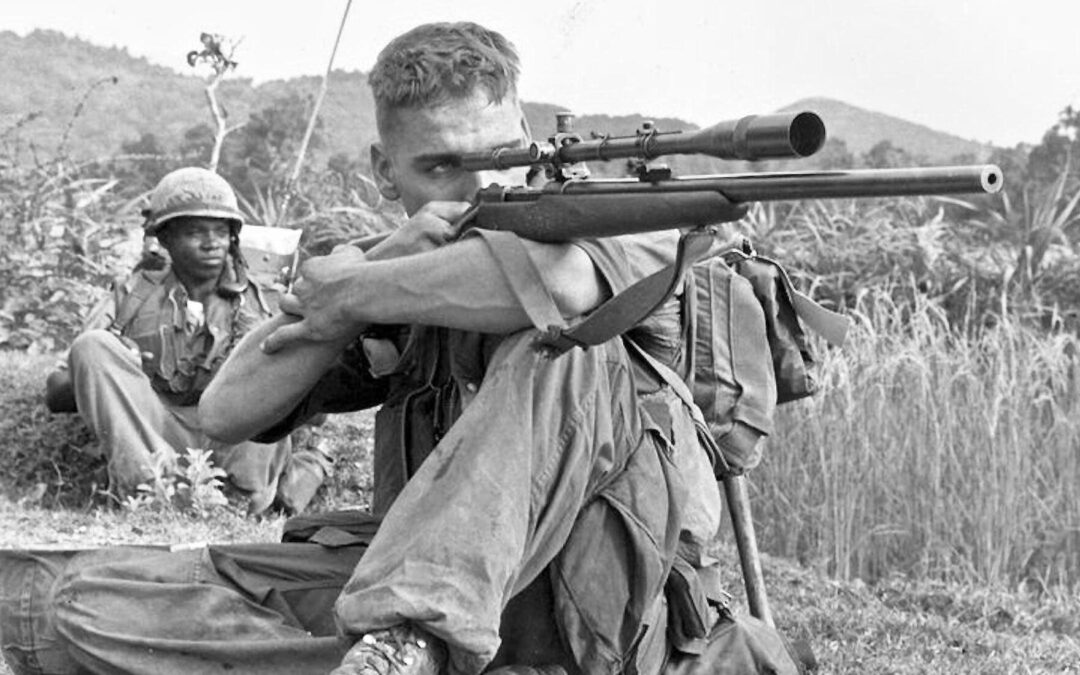The only Medal of Honor to be awarded to a combat photographer is now on display in the Medal of Honor Gallery in the "Price of Freedom" exhibition at the Smithsonian's National Museum of American History. William Perkins Jr’s Medal of Honor at the Smithsonian Marine Cpl. William Thomas Perkins Jr. died at the age of 20 on Oct. 12, 1967, when he flung himself on a grenade to preserve the lives of three other Marines during Operation Medina, a Marine search and destroy operation in Quang Tri Province, Vietnam. The Marine Corps posthumously awarded him the Medal of Honor for "his gallant actions." Perkins' mother, Marilane Perkins Jacobson of Lexington, Ky., donated the medal, her son's letters and other personal effects to the museum's permanent Armed Forces Collections in 2015. "I didn't want his possessions to end up in somebody's brown box in a basement," Jacobson said. "I figured they should go to the Smithsonian." Perkins' award, his Purple Heart, and photography are exhibited...
